Vallagarina, what to see: the 10 places not to miss
Vallagarina, one of the most fascinating valleys in Trentino, is a destination that combines natural beauty, thousands of years of history, plenty of art , and a vibrant food and wine culture. Located along the course of the Adige River, Vallagarina (also Val Lagarina) is the last mountainous part of the Adige Valley before the river reaches the plains of Veneto. This region enchants visitors with its varied landscapes, ranging from neat vineyards on the hillsides to the majestic mountains that surround it. But Vallagarina is not just a great place for nature lovers: here, every village, every museum, every castle, and every church tells a story.
Peasant traditions that still live on in the small hamlets and surrounding countryside, a dynamic city like Rovereto, the hub of Vallagarina, that stands out as an important cultural center thanks to its museums, theaters, and international events. Ancient stories ( dinosaur footprints can even be seen in the Lavini di Marco locality near Rovereto (the Lavini di Marco paleontological site is one of the most interesting of its kind in Europe). Exploring Vallagarina means immersing yourself in an area where history is palpable, where legends are intertwined with reality, and where every corner seems to whisper tales of times past. A land of castles clinging to the mountains and vineyards covering the valley, of villages and museums, each place a unique and different experience. So here are ten places not to miss on a trip to Villagarina, to get inspired for your next trip to this beautiful part of Trentino.
1. The Castle of Rovereto
The Castle of Rovereto, an imposing medieval fortress, is one of the symbols of the city and Vallagarina. Built between the 13th and 14th centuries by the Castelbarco family, it was expanded by the Venetians in the 15th century, becoming one of the most advanced defensive structures of the time. Its sturdy walls and crenellated towers dominate the city, offering spectacular views of the surrounding valley. Today, the castle houses the Italian Historical War Museum, which holds a vast collection of weapons, uniforms, documents and memorabilia from World War I and World War II. This museum is a must-see for anyone who wants to learn more about European and Italian wartime history. In addition to its museum function, the castle itself, with its narrow passageways and historic rooms, allows visitors to fully immerse themselves in an atmosphere that spanned centuries of history.

2. The MART - Museum of Modern and Contemporary Art of Trento and Rovereto
The MART in Rovereto, one of Italy’s leading museums of modern and contemporary art, is an internationally renowned cultural institution. Opened in 2002, the building is an architectural masterpiece designed by architect Mario Botta in collaboration with engineer Giulio Andreolli, with a transparent dome that represents a dialogue between past and future. MART’s collections span a wide time span, from early 20th century futurism to contemporary art. It houses works by artists such as Francesco Hayez, Fortunato Depero, Giacomo Balla, Lucio Fontana, and other big names in 20th-century art. The museum is not only an exhibition venue but also a vibrant cultural center that organizes popular temporary exhibitions, events, lectures, and workshops, attracting thousands of visitors each year. A visit to MART guarantees everyone a unique opportunity to immerse themselves in art and reflect on the social and cultural transformations that have marked the last century.

3. The Futurist Art House Depero
The Depero Futurist Art House, located in the heart of Rovereto, is the only Futurist museum in Italy entirely designed by an artist. Founded in 1957 by Fortunato Depero, one of the protagonists of the Futurist movement, the museum is a true living manifesto of this artistic avant-garde. The rooms of the House of Art house an extraordinary collection of the artist’s works, including tapestries, paintings, sculptures and furniture, all featuring his unmistakable style of bold geometries and bright colors. The museum’s interior is itself a work of art, with original furnishings and decorations designed by Depero. The Art House is not only a place of exhibition, but also a laboratory of experimentation, where futurist art manifests itself in all its forms, from visual art to design.
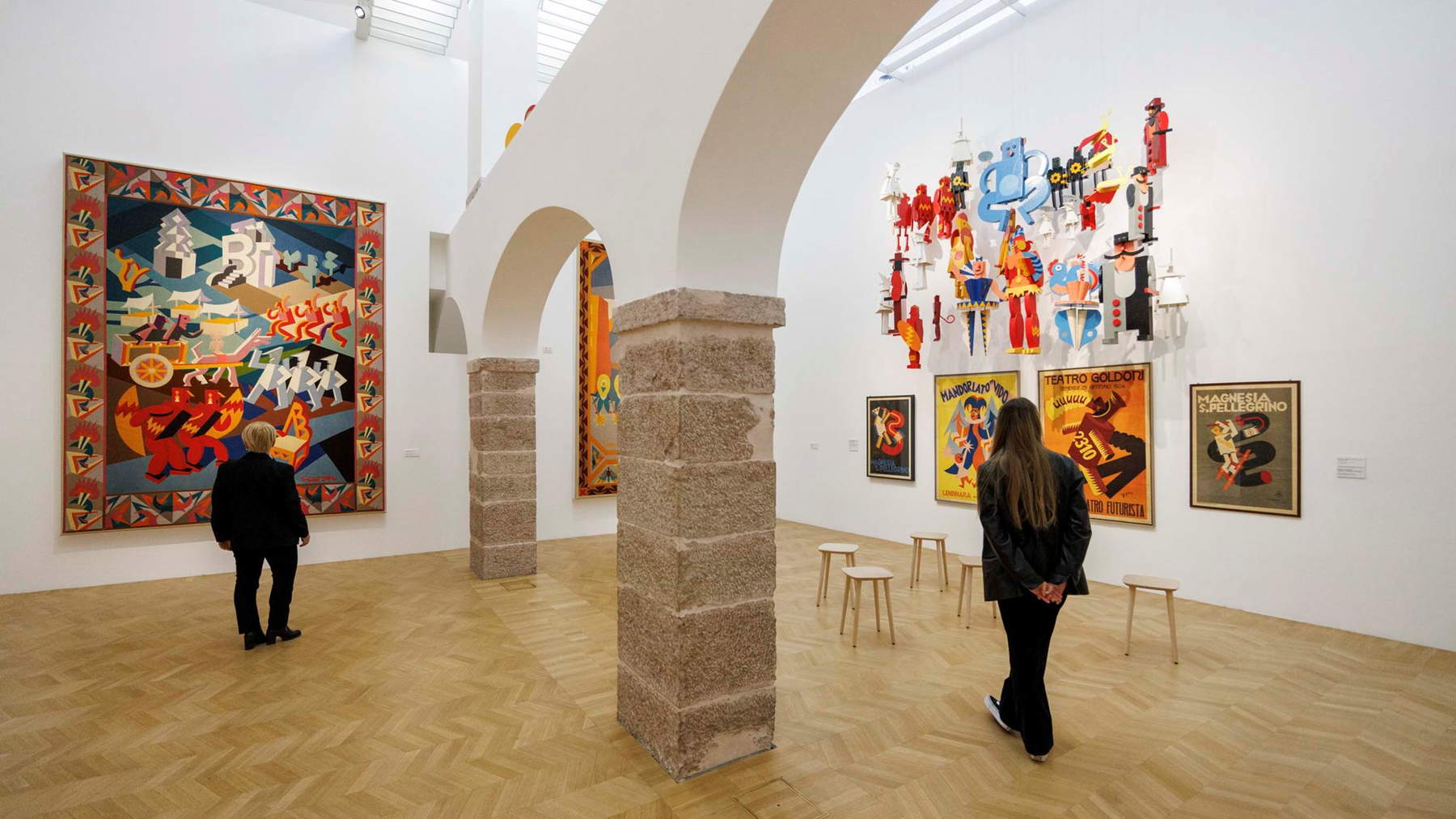
4. Beseno Castle
Beseno Castle, the largest fortified complex in Trentino, is one of the most majestic structures in the region. Situated on a hill overlooking Vallagarina, the castle offers panoramic views from the Brenta Dolomites to Mount Baldo. Its origins date back to the 12th century, but the fortress achieved its present majesty through 16th-century extensions, which were necessary to deal with conflicts between the powers of the time. The castle has a turbulent past, marked by numerous battles, including the famous Battle of Calliano in 1487. Today, Beseno Castle is a fascinating museum that tells the story of fortifications and military life in the Middle Ages and Renaissance. The exhibition rooms, armaments, and historical reconstructions allow visitors to fully immerse themselves in the atmosphere of the past. During the summer, the castle also becomes a stage for historical re-enactments and cultural events that bring to life the splendor of this imposing manor house.
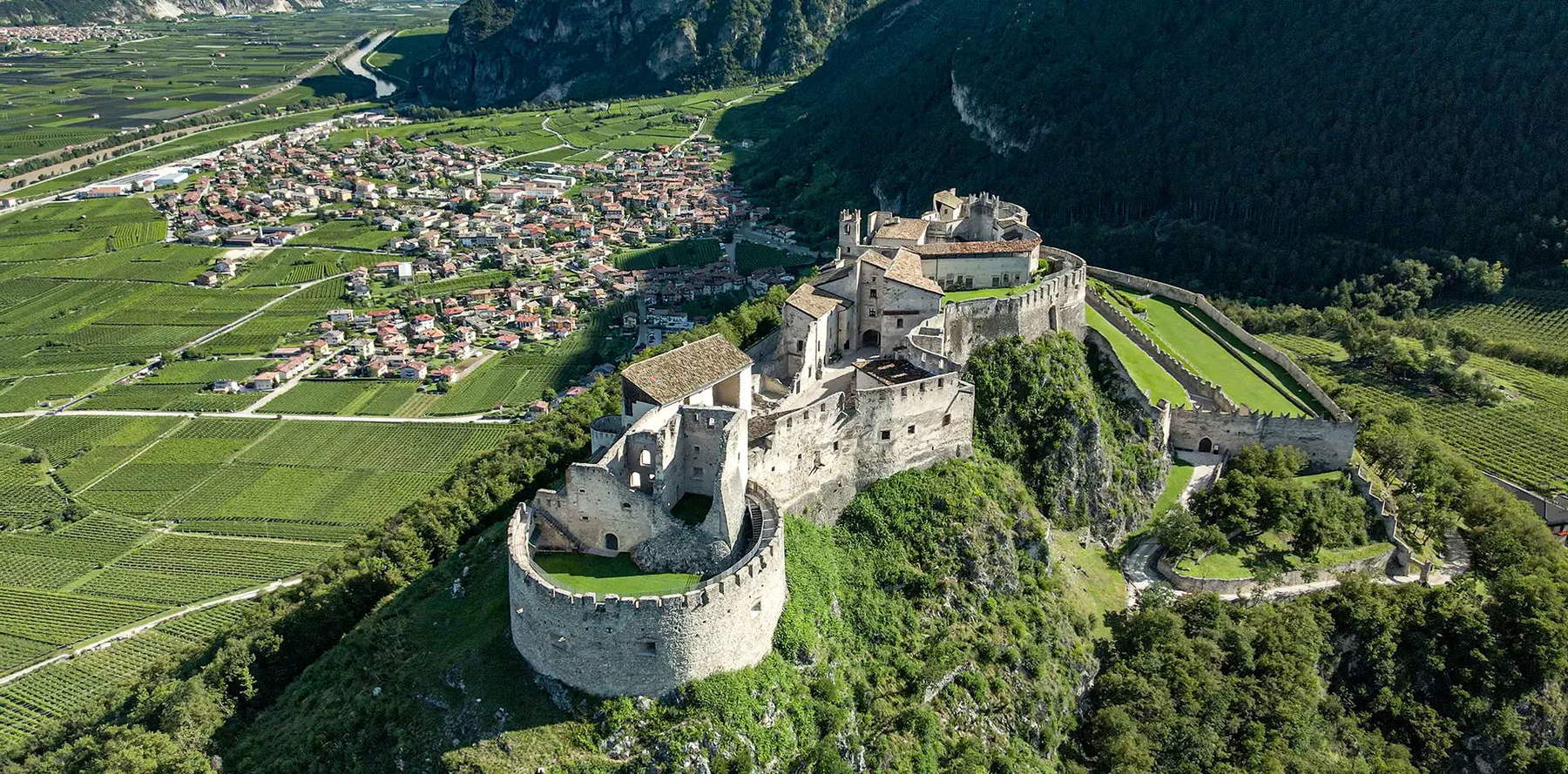
5. The Hermitage of San Colombano
The spectacular Hermitage of San Colombano, set in a cliff overlooking the Leno Valley, is one of the most incredible and scenic places in Vallagarina. The small church, dedicated to St. Columbanus, a 6th-century Irish hermit, can be reached via a flight of 102 steps carved into the rock, leading to a small shrine suspended in time. According to legend, the saint chose this place to retreat in prayer and fight a dragon that was terrorizing the local population. The church, built in 1319, is decorated with medieval frescoes recounting the saint’s life and stories of miracles. In addition to its spiritual value, the hermitage also offers spectacular views of the valley below, making it a place for meditation and reflection. Its unique location and the fascinating history surrounding it make the Hermitage of St. Columba a must-see destination for those visiting Vallagarina.

6. The Castle of Avio
The Castle of Avio, situated on a hill overlooking the Adige Valley (you can see it even from a distance, so imposing is it), is one of the oldest and most impressive castles in Trentino. Its history dates back to Longobard times, but it was during the Middle Ages that the castle acquired the imposing appearance it still retains today. Belonging to the noble Castelbarco family, the castle is famous for its frescoes, which decorate the walls of the towers and halls, depicting scenes of courtly life and battles. The Mastio, the highest part of the castle, offers views of the valley below, while the crenellated walls and towers tell of centuries of defense and power. Today, Avio Castle is managed by the FAI (Fondo Ambiente Italiano) and open to the public, with tour routes that allow visitors to explore its halls, gardens and patrol walkways. A visit to Avio Castle is an immersion in medieval history and art, in a setting of great natural beauty.
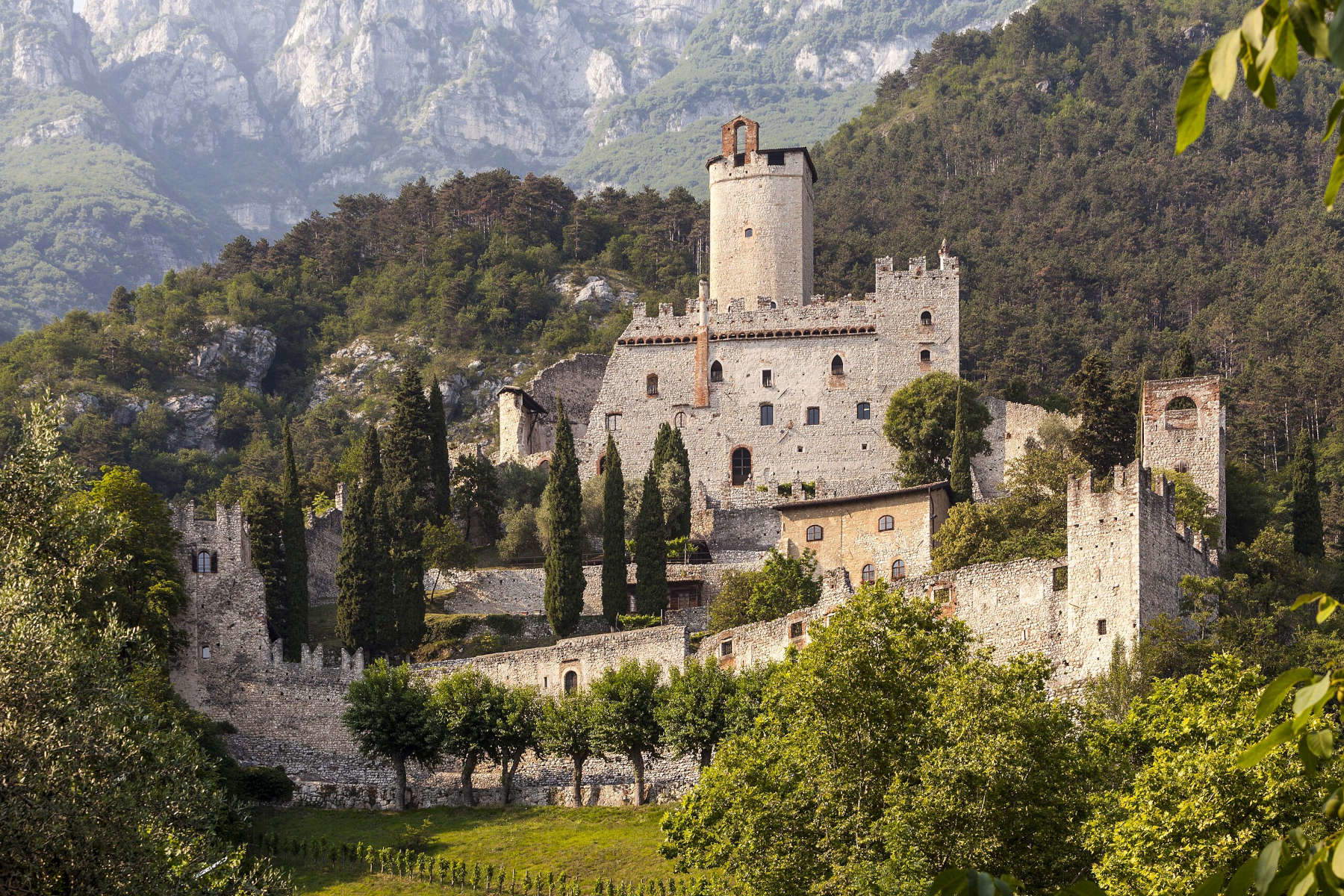
7. Fort Belvedere Gschwent
Fort Belvedere Gschwent, located near Lavarone, is one of the most impressive and best-preserved World War I fortifications in Trentino. Built between 1908 and 1912 by the Austro-Hungarian Empire (it was designed by engineer Rudolf Schneider on behalf of the Austrian Ministry of War), the fort was part of the defense system protecting the Italian border. Located at an altitude of 1,177 meters and equipped with powerful artillery, the fort witnessed some of the bloodiest moments of the conflict. Today, Fort Belvedere is a museum that delves into the history of World War I with an exhibition tour through its galleries, casemates and artillery emplacements, with historical reconstructions and original documents. A visit to the fort allows visitors to relive the hard life of soldiers at the front and to understand the strategic importance of this fortification. Set in a natural landscape of great beauty, Fort Belvedere Gschwent is also a place for reflection on the tragedy of war and the importance of historical memory.

8. Castel Pietra
Castel Pietra, located in Calliano, is one of the most fascinating castles in Vallagarina, known for its ricc history. Built in the 13th century, the castle stands in a strategic position, guarding the valley and the communication routes between Trento and Verona. Over the centuries, Castel Pietra has been the scene of numerous clashes, including the famous Battle of Calliano in 1487, which pitted imperial and Venetian troops against each other. Today, the castle is open to the public and offers guided tours that allow visitors to explore its historic rooms, patrol walkways and gardens. Castel Pietra retains its medieval atmosphere intact, with crenellated walls, towers and courtyards that tell centuries of history.
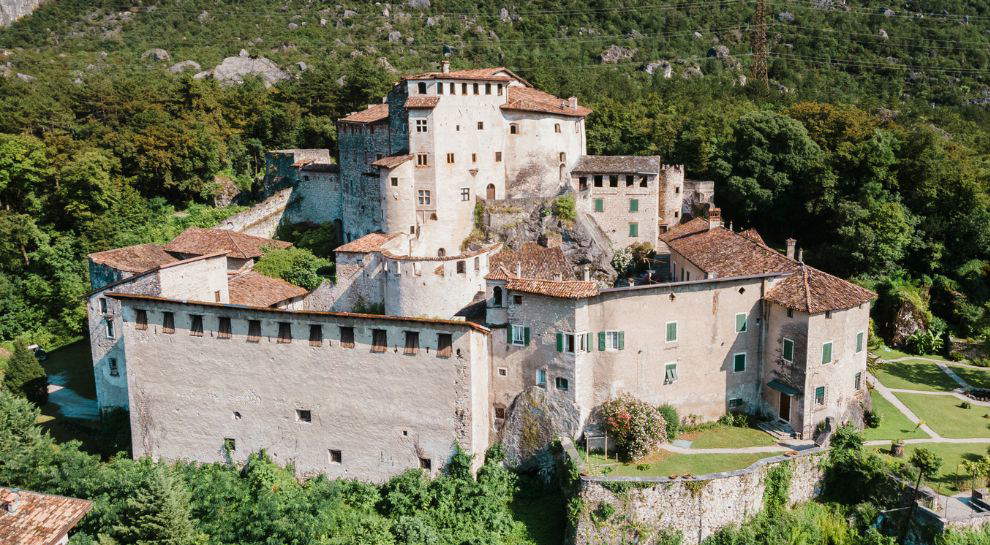
9. Villa Lagarina
Villa Lagarina is a village located a few kilometers from Rovereto, right along the course of the Adige River, and is one of the most important centers of Vallagarina. The heart of the village is dominated by the majestic parish church of Santa Maria Assunta, a masterpiece of Baroque architecture with richly decorated interiors and fine frescoes. The church, built in the 17th century, is one of the finest examples of Baroque in Trentino. Villa Lagarina also houses Palazzo Libera, home to one of the sections of the Tridentine Diocesan Museum. Strolling through the historic center, one can admire numerous other historic buildings, which testify to the richness and importance of the village in the past. Villa Lagarina is a place that combines the charm of history with the beauty of the surrounding landscape, offering visitors a unique experience of tranquility and culture.
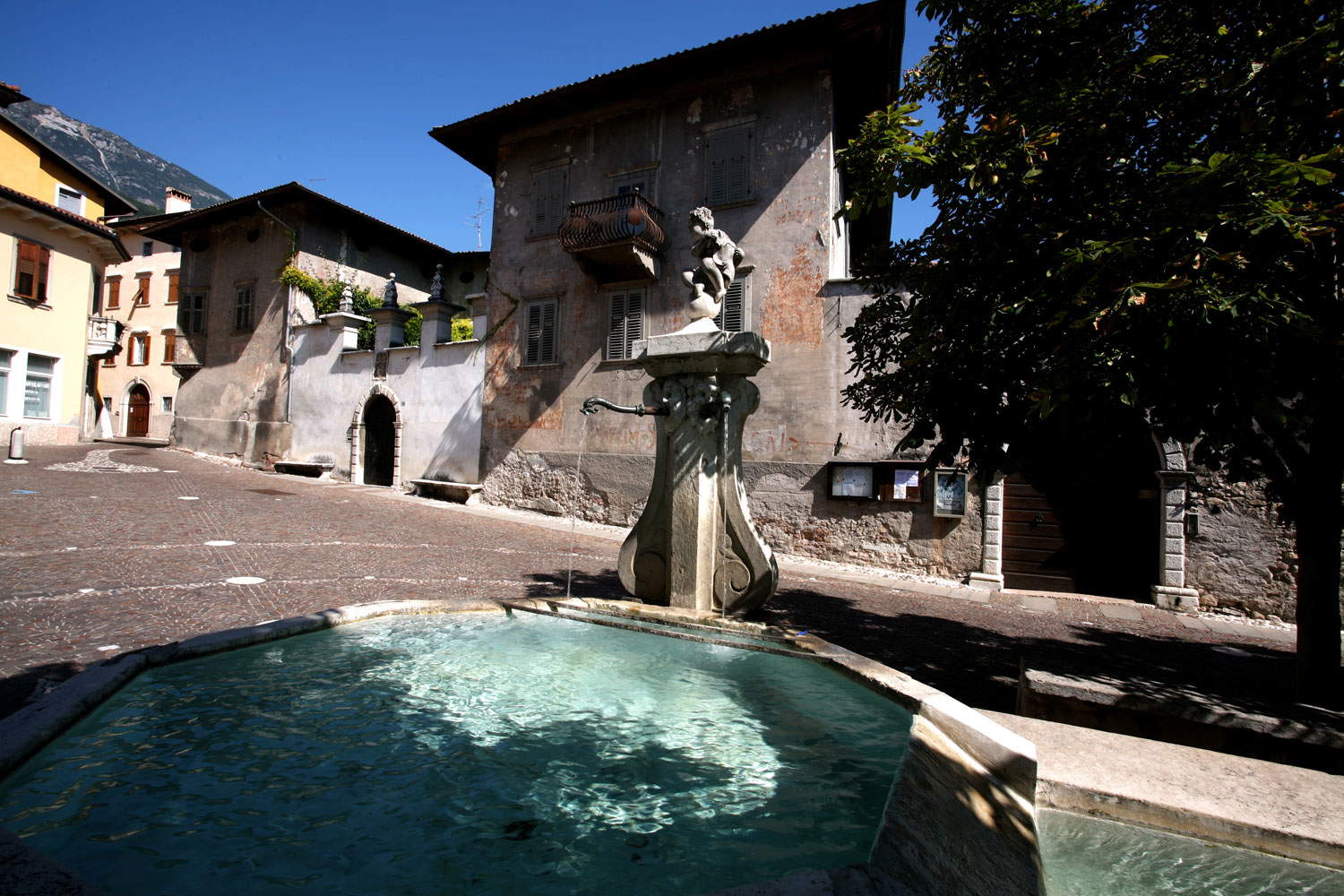
10. Mount Baldo
Mount Baldo, nicknamed the “Garden of Europe” for its extraordinary biodiversity, is one of the most fascinating naturalistic destinations in Trentino. Located between Vallagarina and Lake Garda, the Baldo massif offers spectacular landscapes, with panoramic views ranging from the Alps to the Apennines and down to the crystal-clear waters of the lake. The mountain is crisscrossed by a network of hiking trails of varying levels, ideal for trekking, mountain biking, and Nordic walking enthusiasts. During summer, the alpine meadows are covered with rare and colorful flowers, attracting botanists and nature lovers from all over Europe. In winter, on the other hand, the Baldo ski slopes attract skiers and snowboarders. Thanks to its altitude and variety of natural environments, Mount Baldo is a paradise for outdoor enthusiasts, offering activities for every season and a panorama that never ceases to amaze.

 |
| Vallagarina, what to see: the 10 places not to miss |
Warning: the translation into English of the original Italian article was created using automatic tools. We undertake to review all articles, but we do not guarantee the total absence of inaccuracies in the translation due to the program. You can find the original by clicking on the ITA button. If you find any mistake,please contact us.





























